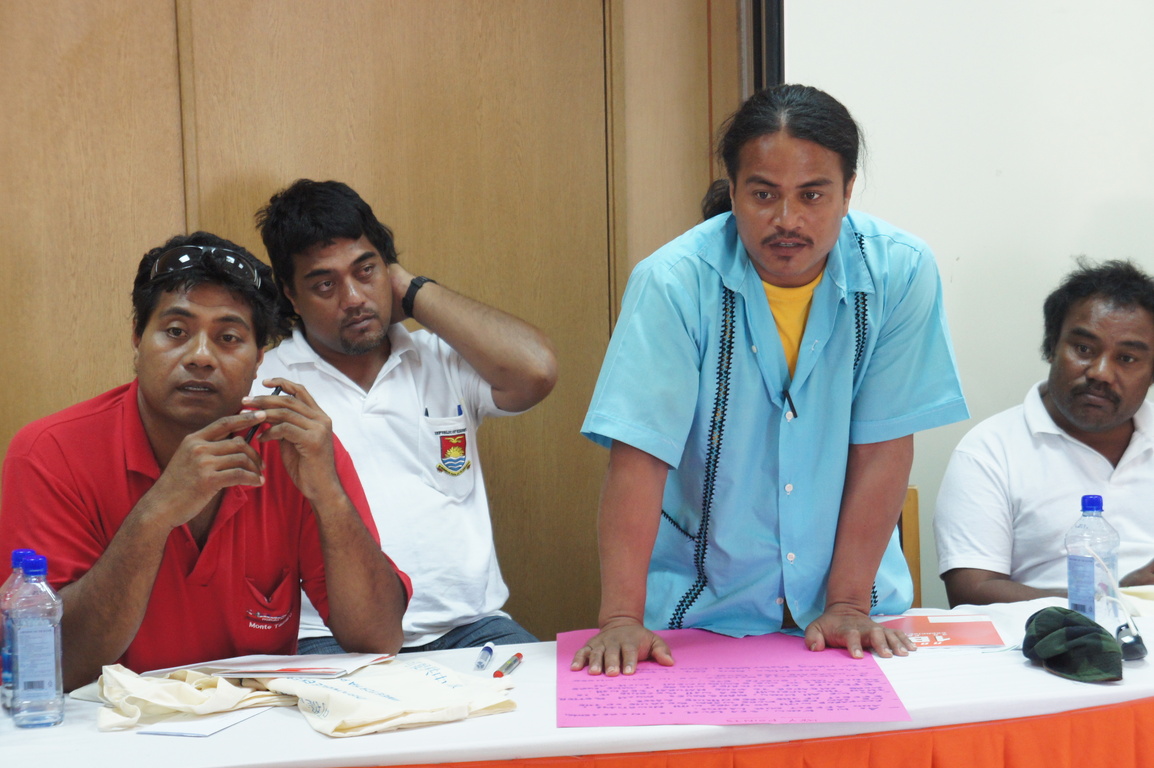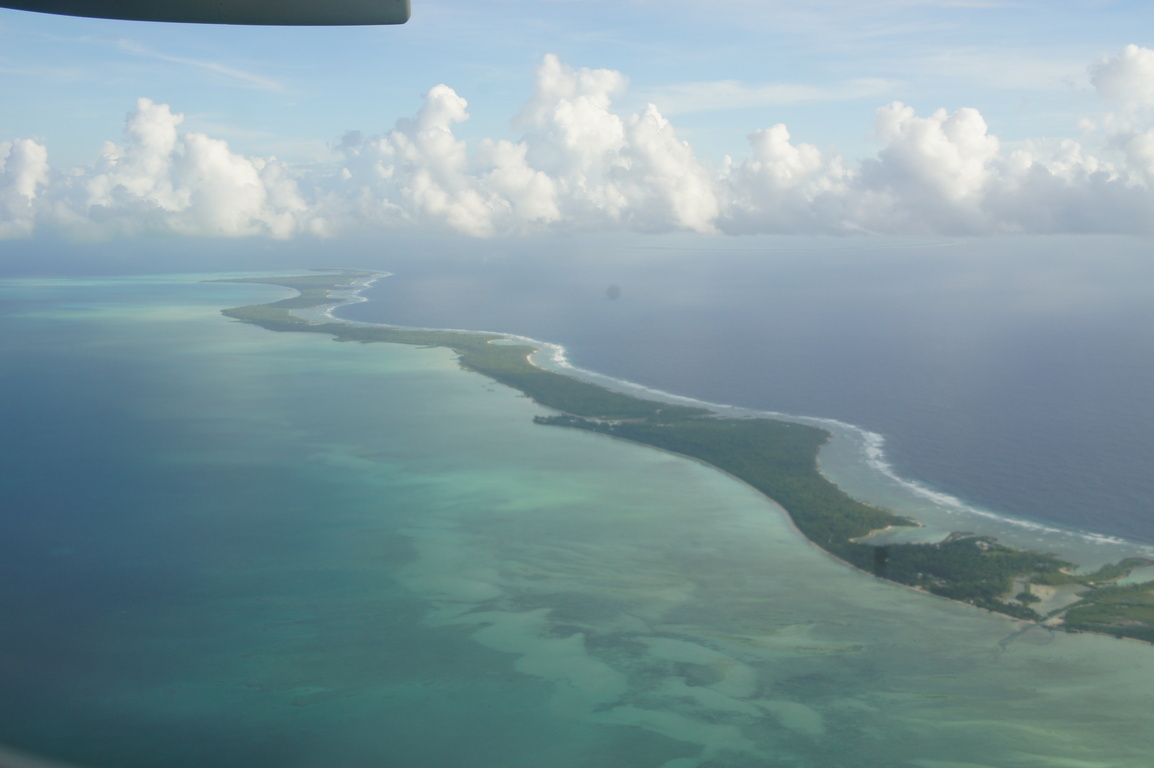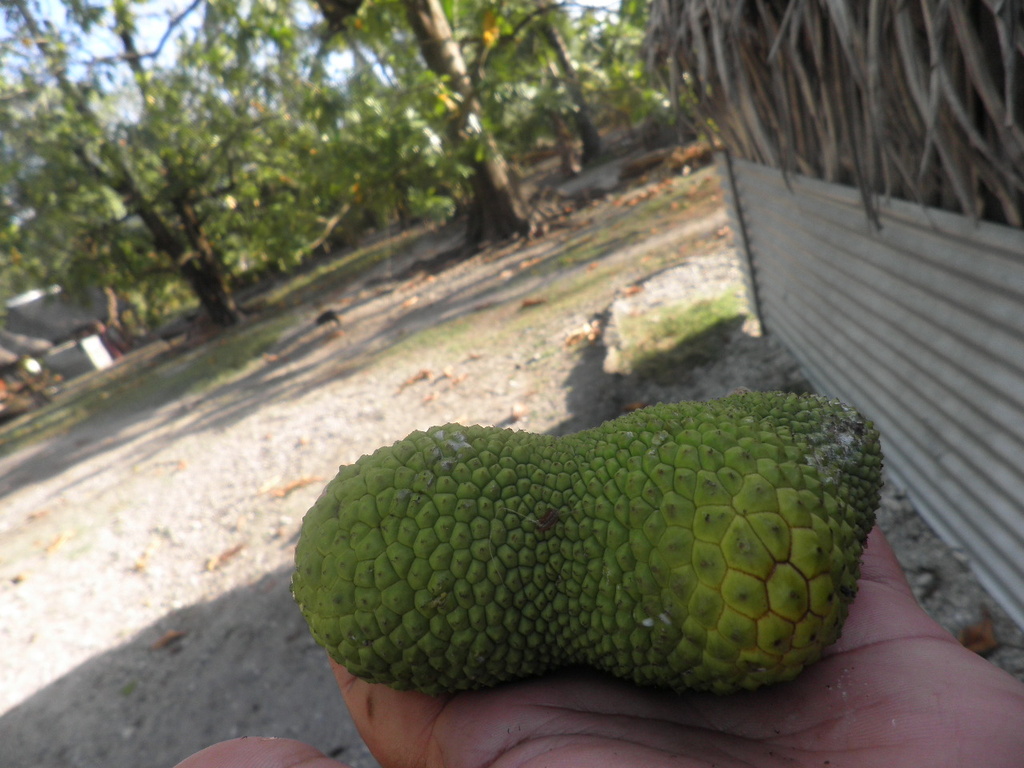
You’ve probably heard of Kiribati by now. If you haven’t, then you know, it’s one of those Pacific Island atoll nations that are facing being wiped off the map by climate change. Well at least that’s what’s in store in the longer-term for them if we continue with business as usual. Here’s the deal: by 2030, sea level in Kiribati is projected to rise between 5-14cm, and by 2100 it’s likely to be at least 1 meter – which would be enough to swamp most of the islands.

But there is quite a lot of misinformation going around about how Kiribati is faring in the present. A recent explosion of headlines have suggested they’re already getting ready to relocate, but in truth, the Kiribati government purchased the land in Fiji as a place to grow food on, and there are no plans to relocate people there. These super-emotive stories do Kiribati a great disservice, and they’re giving the world an excuse to give up on Kiribati because it seems to be too late. The reality is that the situation is much more complicated.
Over the last 20 years, sea level has risen 1–4mm per year across Kiribati, which is below the global average of 2.8-3.6mm per year, but it is still significant enough to cause salt water intrusion into groundwater in places at king tides, and coastal erosion. How much of that sea level rise is due to climate change is not clear either – because phenomena like the El Nino-Southern Oscillation cause natural fluctuations in sea level that are hard to quantify. So relocation is on the horizon, but probably not for another decade or two at least.

However, life in Kiribati is getting increasingly challenged by other climate impacts like hotter temperatures, changing rainfall patterns, ocean acidification and increased drought. So Kiribati is already locked into some significant climate change impacts such as these, but the worst of them could be halted if we get successful at mobilising the world to stop burning coal, and phase out other fossil fuels.
So while it’s a complicated situation, and sea level rise will increasingly grab attention, I can say from first hand experience that Kiribati is a land and people that is worth fighting tooth and nail to save. Let me explain.
I first stepped onto the low-lying land of South Tarawa – the most populated atoll in Kiribati – two years ago, and was immediately confronted by the swathes of rubbish lying sprawled across the island, and the high population density for such a narrow strip of land. It’s a stark contrast to the outer atolls, which are sparsely populated and by in large clean. The culture is rich and unique, and the singing exquisite.
So I was intrigued to see how things had or hadn’t changed when I returned last week, after an invitation from the International Transport Workers Federation (ITF) to assist them with a climate change workshop with a group of 30 local seafarers.

As I stepped back onto the narrow strip of land, I quickly became amazed at how much the place had been cleaned up – litter wasn’t covering the sides of the road like it had 2 years ago. After catching up with our local 350.org organisers, Claire Anterea and Toani from “350 KiriCAN”, it became apparent that they had led much of this clean-up, and had mobilized thousands of locals to do it (okay, there’s still lots of rubbish to clean up, but they’ve put a good dent into it). I also then found out that in the last year, they’ve made their way out to 10 of the outer atolls to run 350 workshops with locals, and have documented local climate impacts – such as the diminishing size of breadfruit crops due to changes in rainfall patterns, and salt-water intrusion into the ground water.
So while Kiribati faces an unbelievably tough long term future, the action on the ground to educate communities, build resilience and clean up the islands was deeply inspiring. It really drove home to me that Kiribati is by no means a lost cause, and that we have to fight harder than ever to save this most incredible and intriguing place.
It also highlighted to me that foreign donor agencies and the Kiribati government are dramatically improving their efforts. And perhaps the most important lesson that they’re starting to grapple is that solving Kiribati’s many problems don’t just require expensive technical fixes, but require the mobilization of the community in positive, local action. That’s what the 350 KiriCAN team is demonstrating amazingly, and their team just got bigger thanks to the ITF climate change workshop.

At the workshop, the local seafarers initiated a climate change taskforce in partnership with 350 KiriCAN to reach out to villages across Kiribati. The support of the local seafarers is significant – they represent about 20% of the Kiribati economy, and carry great sway within the local community.
So as they lead their awesome work on the ground in Kiribati, it’s our task to never give up on Kiribati, and to fight so that they could at least dare to hope that they won’t have to be forced from their land.
Our thanks to the ITF for the awesome work they’re doing, and we’re excited to keep partnering with them over the coming years!
Source: The Pacific Climate Change Science Program: Kiribati Country Report: https://www.cawcr.gov.au/projects/PCCSP/Nov/Vol2_Ch6_Kiribati.pdf